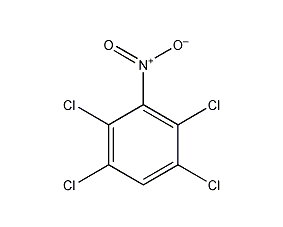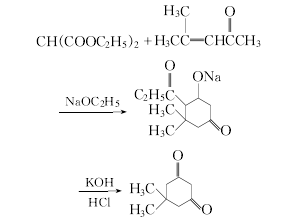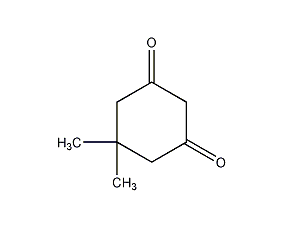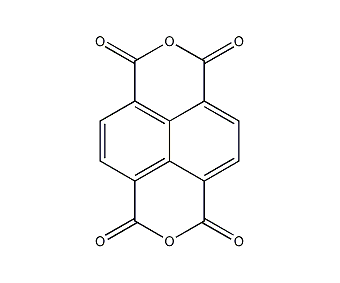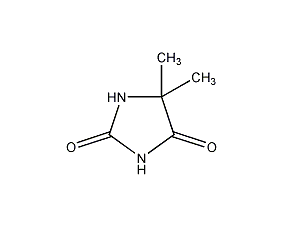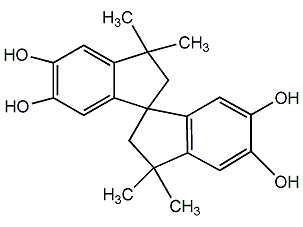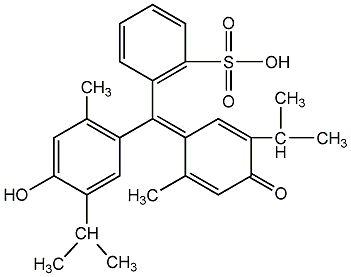3,5,4′-Tribromosalicylic acid aniline
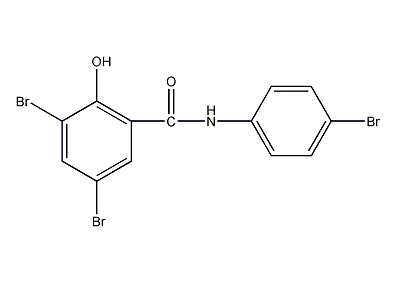

Structural formula
| Business number | 01XJ |
|---|---|
| Molecular formula | C13H8Br3NO2 |
| Molecular weight | 449.92 |
| label |
3,5-Dibromo-N-(4-bromophenyl)-2-hydroxybenzamide, 3,5-dibromo-N-(4-bromophenyl)-2-hydroxyBenzamide, TBS, Fungicide |
Numbering system
CAS number:87-10-5
MDL number:None
EINECS number:201-723-6
RTECS number:VN8925000
BRN number:None
PubChem ID:None
Physical property data
1. Properties: Colorless to light brown needle-like crystals
2. Density (g/mL, 25/4℃): Undetermined
3. Relative vapor density (g/mL, air=1): Undetermined
4. Melting point (ºC): 227-228
5. Boiling point (ºC, normal pressure): Undetermined
p>
6. Boiling point (ºC, 5.2kPa): Undetermined
7. Refractive index: Undetermined
8. Flash point (ºC): Undetermined
7. p>
9. Specific optical rotation (º): Undetermined
10. Autoignition point or ignition temperature (ºC): Undetermined
11. Vapor pressure (kPa , 25ºC): Undetermined
12. Saturated vapor pressure (kPa, 60ºC): Undetermined
13. Heat of combustion (KJ/mol): Undetermined
14. Critical temperature (ºC): Undetermined
15. Critical pressure (KPa): Undetermined
16. Log value of oil-water (octanol/water) partition coefficient : Undetermined
17. Explosion upper limit (%, V/V): Undetermined
18. Explosion lower limit (%, V/V): Undetermined
19. Solubility: Easily soluble in dimethylformamide, soluble in hot acetone, slightly soluble in ethanol, not soluble in water.
Toxicological data
1. Acute toxicity
Rat caliber LD50: 410mg/kg;
Ecological data
None yet
Molecular structure data
1. Molar refractive index: 85.78
2. Molar volume (cm3/mol): 215.2
3. Isotonic specific volume (90.2K): 613.3
4. Surface tension (dyne/cm): 65.8
5. Polarizability (10-24cm3): 34.00
Compute chemical data
1. Reference value for hydrophobic parameter calculation (XlogP): 5
2. Number of hydrogen bond donors: 2
3. Number of hydrogen bond acceptors: 2
4. Number of rotatable chemical bonds: 2
5. Number of tautomers: 7
6. Topological molecular polar surface area (TPSA): 49.3
7. Number of heavy atoms: 19
8. Surface electricityCharge: 0
9. Complexity: 321
10. Number of isotope atoms: 0
11. Determine the number of atomic stereocenters: 0
12. The number of uncertain atomic stereocenters: 0
13. The number of determined chemical bond stereocenters: 0
14. The number of uncertain chemical bond stereocenters: 0
15. Number of covalent bond units: 1
Properties and stability
1. It is effective not only against Gram-positive bacteria, but also against Gram-negative bacteria and some molds. It has low toxicity, little skin irritation, no photosensitivity, and is relatively stable to heat.
Storage method
This product should be kept sealed, dry and protected from light.
Synthesis method
1. There are two industrial synthesis process routes, one is obtained by bromination of salicylanilide as raw material, and the other isProduced by the reaction of 3,5-bromosalicylic acid and p-bromoaniline.
Purpose
1. Used to make disinfectant soap (neutral soap contains 0.3~0.5% of this product), which can be used to prevent and treat skin diseases and medical disinfection and washing liquid. It can also be used as a preservative in cosmetics.
